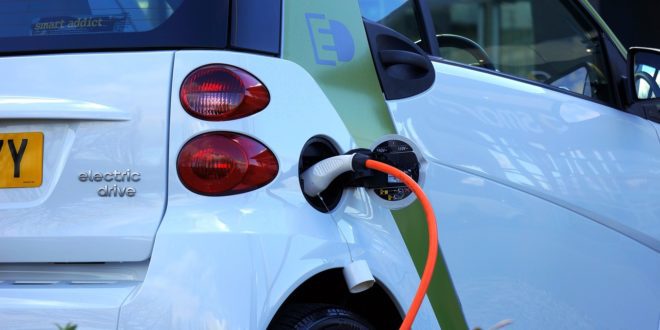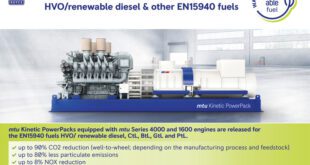With the environment getting stripped of its resources every day — coal, oil, and other minerals — it’s important for car buyers to understand just how dangerous emissions are and how they contribute to our declining atmosphere. This could be one reason why auto manufacturing companies are moving toward eco-friendly vehicles.
For starters, vehicles that are considered “eco-friendly” are able to provide high mileage by using electric and hybrid technology. When such cars are running, they emit low-carbon compounds since they don’t rely solely on gasoline. This is what helps make the environment safer.
Apart from making the environment a safer place, these cars have also been known to help drivers save money, which is why some manufacturing companies believe these vehicles will create a buzz within the next 10 years. In short, there are a number of different reasons why drivers are starting to trade in their cars for eco-friendly ones, and there are a lot of choices out there as well.
So, which eco-friendly car might be the best one for you? Honestly, it all depends on your lifestyle and how you plan on using your car. If you’re considering switching over to an eco-friendly car, however, just be sure to consider the following:
How to Safely Dispose of Your Old Car
There are a lot of benefits when it comes to recycling or re-selling your old car. That’s because it’s much easier to build a car using recycled parts than creating one using steel, which requires burning coal and using heavy machinery. Nearly all components of an automobile can be reused. Perhaps the most recycled parts that are highly sought after, however, are the windshields, rubber hoses, filters, iron, wheels, radiators, and of course, batteries.
Another reason to consider recycling your old vehicle has to deal with toxins. In other words, used cars contain a lot of different harmful toxic materials that can damage the environment. Almost all used cars, for instance, still have gas in the tank, oil in the engine, and antifreeze stored somewhere in the radiator. Car batteries are also known to have a lot of lead and acid in them, making them extremely dangerous to the environment. Fortunately, most of these things can be recycled and reused. There are parts, however, that need to be properly disposed of, which is where recycling comes in handy if selling isn’t an option.
If you’re not sure how to recycle your car, then you might want to check with a scrap metal dealer. Depending on the company’s interest, they might just recycle the metal, or they may sell the parts if they’re reusable. Checking with the company first is the best thing to do. That way, you can see what they recycle and what their policies are. This will help you make the right choice in the end.
Driverless Vehicles and the Environment
According to Ohio University, autonomous vehicles could revolutionize the way we commute “by improving safety, traffic flow, and by reducing the number of vehicles on the road.” Autonomous vehicles (or driverless cars) are self-driving vehicles that don’t require the person behind the wheel to manually control it — you don’t even have to worry about putting your hands on the steering wheel. In some cases, the steering wheel doesn’t even come installed with the vehicle. So, what’s the connection between driverless cars and the environment? Well, it all comes down to how emissions are being released.
Most driverless vehicles made today are fully electric. However, if your battery isn’t charged by clean energy, you could accidentally pollute the environment — although you won’t be contributing nearly as much as a regular car. Driverless cars also use a lot less gas and energy when they’re being used. Gas engines, for example, burn the most fuel when driving at high speeds. Self-driving cars are able to cut these factors out, which means less gas is being burned and less air is being polluted.
Since driverless vehicles usually mean fewer cars per household, it can also help reduce traffic in the long run. For instance, one vehicle can now drop the kids off at school, take you to work, and then park until it’s time to pick everyone up, which again reduces the number of cars on the road and prevents overlapping trips.
The Use of Natural Resources
According to Norwich University, there 7 billion people on the planet and counting. While this might not sound like a big deal, it is. That’s because the planet is slowly running out of natural resources to sustain life on a reasonable budget. The Earth can only produce so much, and if the demand is higher than the supply, we’ll eventually run out of things like water and food.
To make matters worse, most of the environmental damage done to the planet within the last century have been caused by humans. Things like cars, overpopulation, and wars have all taken a toll on our planet, leaving us with limited resources. What are the possible solutions?
Being environmentally conscious is the best course of action. That means being educated and well-informed about what’s going on around you and understanding how you can contribute to the solution. Although problems like overpopulation can’t be fixed overnight, making small changes to your life can help preserve the environment.
That said, with global issues and health concerns on the rise due to cars and the chemicals they produce, it’s important for you to buy the right kind of vehicle — not only for you, but for the environment.
 Alternative Energy HQ solar power for homes, wind energy, and bio fuel issues
Alternative Energy HQ solar power for homes, wind energy, and bio fuel issues







